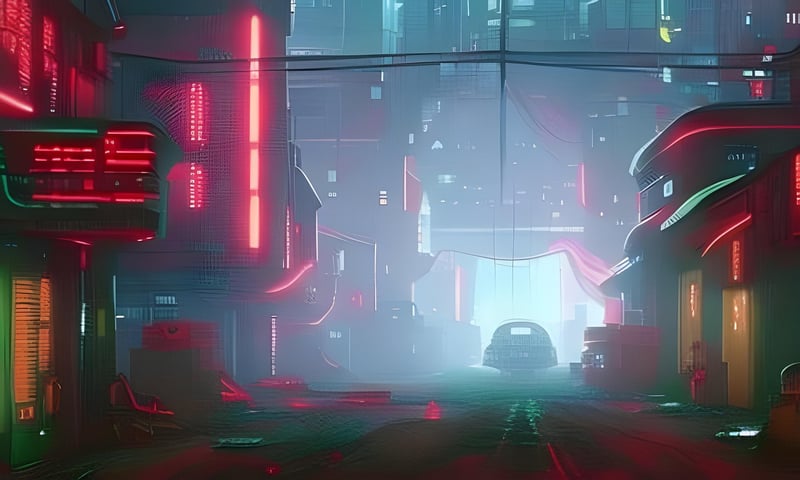Future Cities
Exploring Future Cities: A Journey Through Time
In an ever-evolving world, the concept of future cities has captivated our imagination, offering a glimpse into what urban life could be like in the centuries to come. To truly understand the cities of tomorrow, we must first embark on a journey through the eras that have shaped our urban landscapes.
Ancient Civilizations: The Foundation of Urban Life
From the ancient wonders of Mesopotamia to the grandeur of Rome, our journey begins with the birth of urban civilizations. These early cities laid the groundwork for the bustling metropolises we see today, with innovations in architecture, infrastructure, and governance shaping the urban fabric.

The Industrial Revolution: A Shift in Urban Dynamics
The advent of the Industrial Revolution brought about a monumental shift in urban dynamics, as cities transformed into hubs of industry and innovation. The skyline changed with towering factories and urban sprawl, marking a pivotal moment in the history of urbanization.

Modern Metropolises: The Rise of Smart Cities
Fast forward to the present day, where modern metropolises are embracing the concept of smart cities. From sustainable infrastructure to digital connectivity, these cities are at the forefront of urban innovation, offering a glimpse into the future of urban living.

Future Horizons: Imagining Tomorrow's Cities
As we look to the future, the possibilities for future cities are limitless. Innovations in AI, sustainability, and urban design are paving the way for cities that are more efficient, sustainable, and interconnected than ever before. The future cityscape is a canvas of endless possibilities, waiting to be painted by the visionaries of tomorrow.

Embark on this journey through time and witness the evolution of urban life, from ancient civilizations to the future frontiers of cityscapes yet to come. The cities of tomorrow are not just a vision but a reality in the making, shaped by the dreams and innovations of generations past, present, and future.
